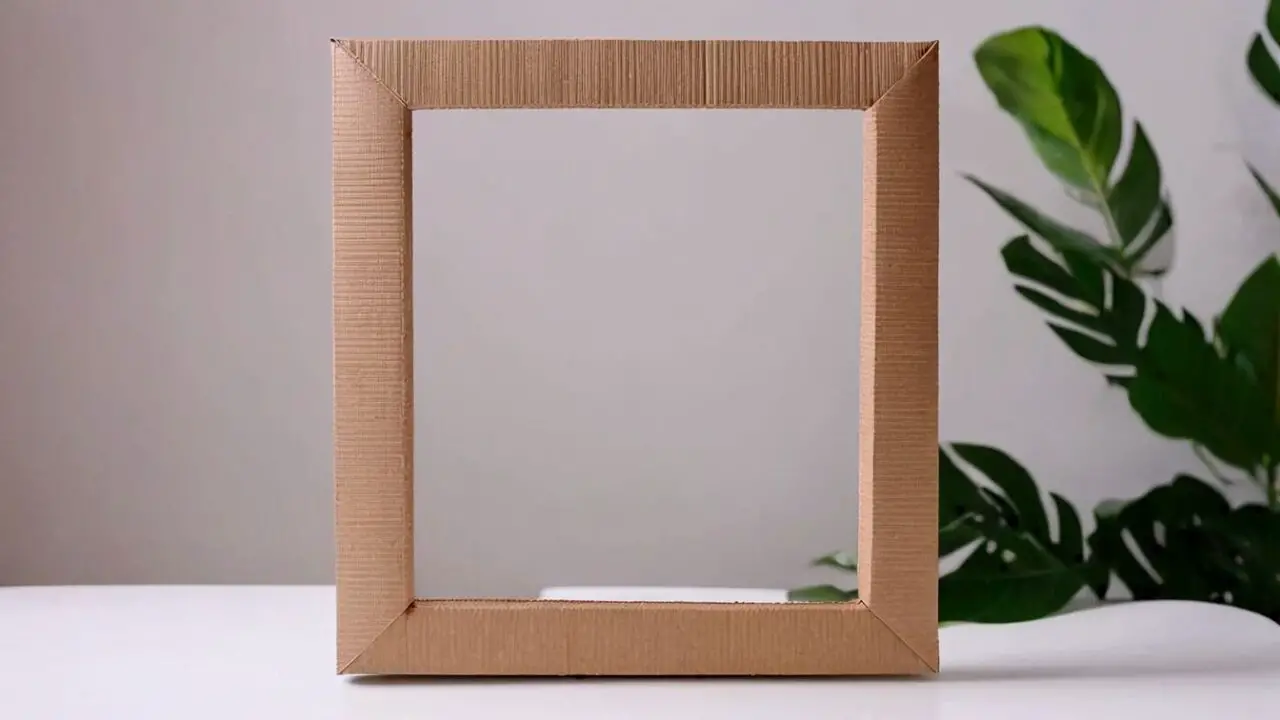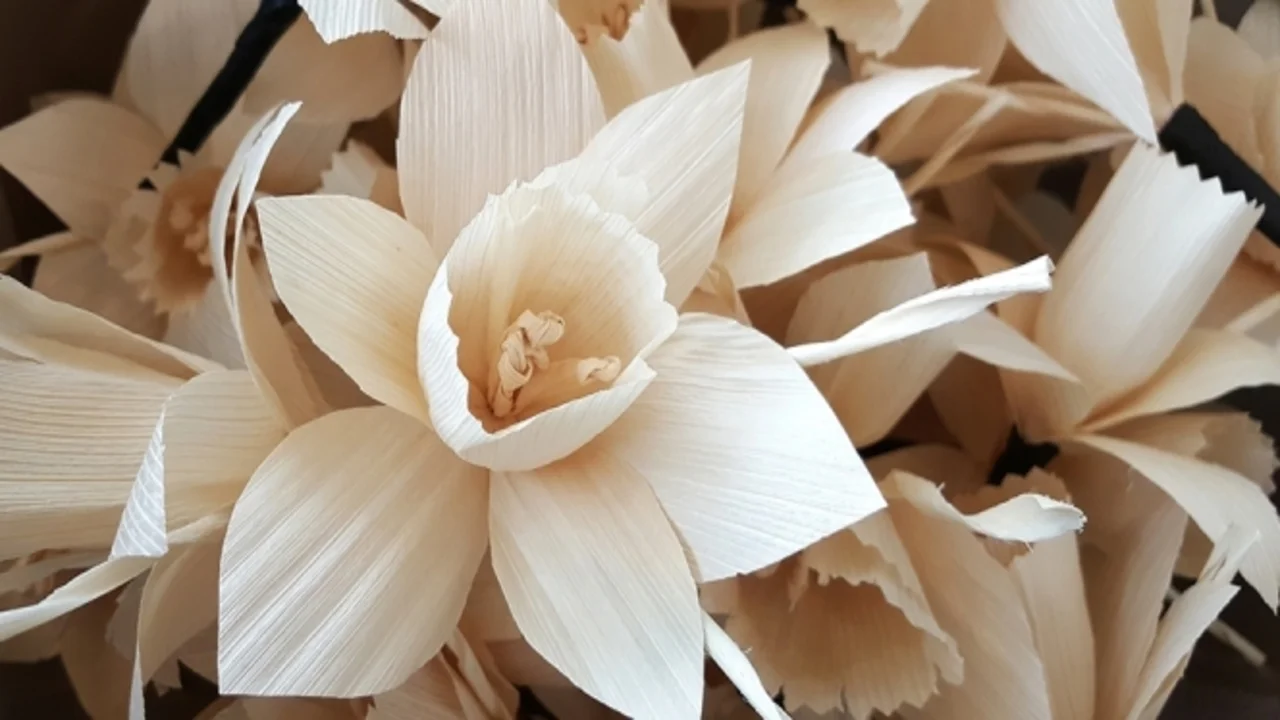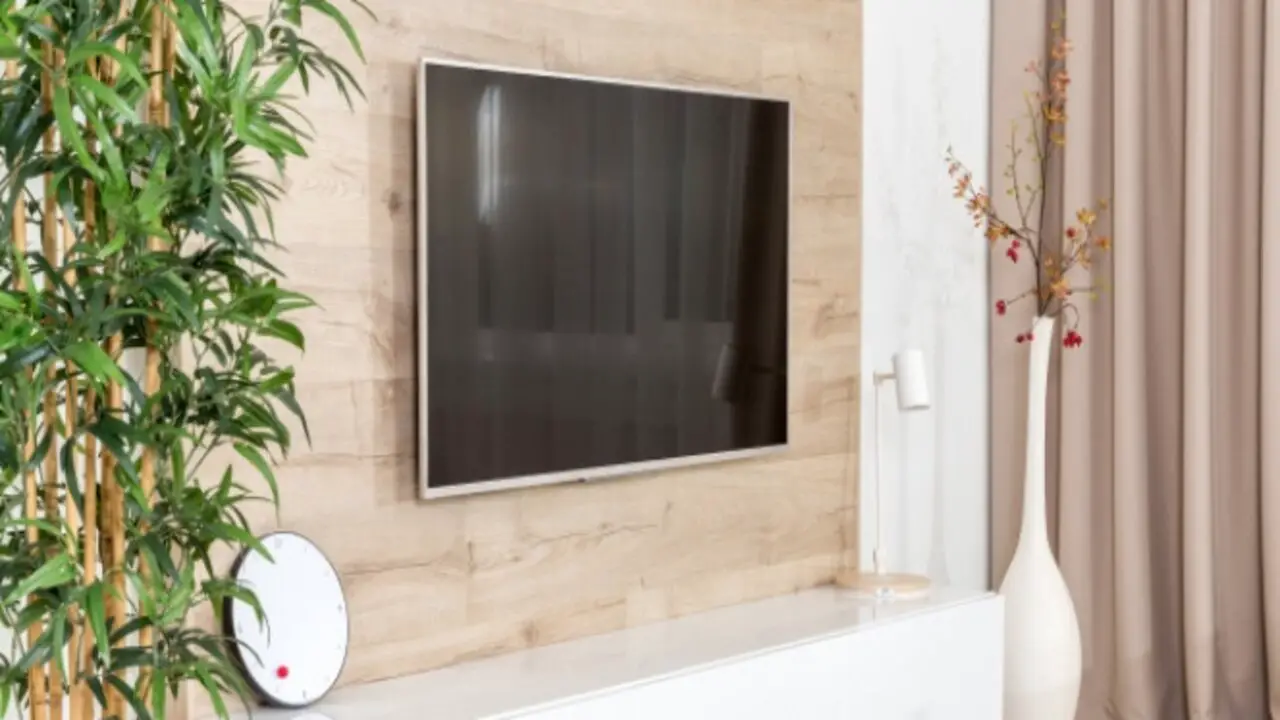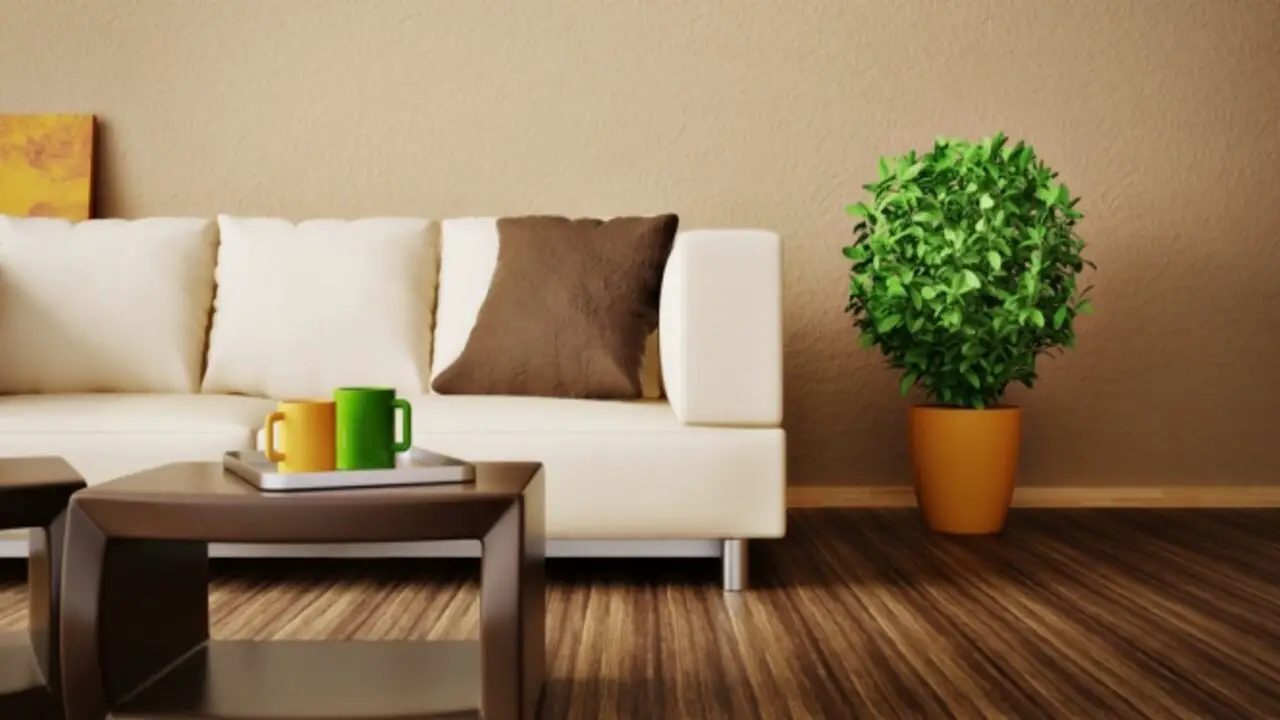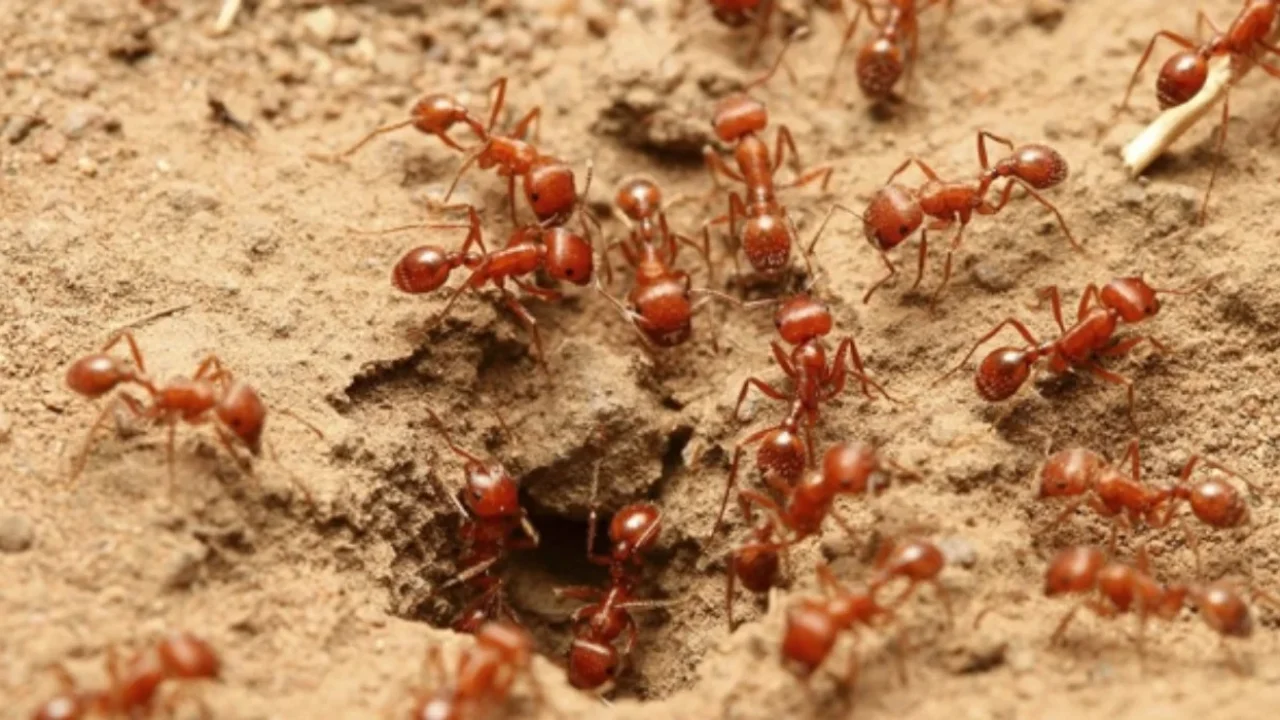 |
| how to get slime out of couch |
Slime is a popular and fun toy that kids love to play with. However, it can be quite a challenge when that slime finds its way onto your couch. The sticky and gooey nature of slime makes it difficult to remove, leaving behind unsightly stains and residue. But fret not! In this article, we will explore effective methods and techniques on how to get slime out of couch, ensuring that your beloved furniture remains clean and slime-free.
Contents
- How to Get Slime Out of Couch
- 1. Understanding Slime and its Composition
- 2. Preparing Your Cleaning Supplies
- 3. Removing Fresh Slime from Couch
- 4. Dealing with Dried Slime Stains
- 5. Deep Cleaning the Couch Fabric
- 6. Special Considerations for Different Couch Materials
- 7. Alternative Methods to Remove Slime
- 8. Preventing Future Slime Mishaps
- Can I use vinegar to remove slime from my couch?
- Is it safe to use rubbing alcohol on my couch fabric?
- How do I remove slime from a leather couch?
- Will scraping off dried slime damage the couch fabric?
- Can I use a hairdryer to speed up the slime removal process?
- Should I seek professional help if I can’t remove the slime myself?
How to Get Slime Out of Couch
1. Understanding Slime and its Composition
Before diving into the removal techniques, it’s essential to understand what slime is and its composition. Slime is a stretchy and squishy toy made primarily from polyvinyl alcohol (PVA) glue, borax, or liquid starch. It’s known for its unique texture and ability to stick to various surfaces, including couches. By understanding the slime’s composition, we can tailor our cleaning approach for optimal results.
2. Preparing Your Cleaning Supplies
To effectively tackle the slime on your couch, gather the following cleaning supplies:
- Dishwashing liquid
- Warm water
- White vinegar
- Rubbing alcohol
- Clean cloths or paper towels
- Plastic scraper or spatula
- Soft-bristle brush
- Vacuum cleaner with upholstery attachment
- Having these supplies readily available will ensure a smooth and efficient slime removal process.
3. Removing Fresh Slime from Couch
Acting quickly when you spot fresh slime on your couch is crucial. Follow these steps to remove fresh slime stains:
- Start by scraping off as much slime as possible using a plastic scraper or spatula. Be gentle to avoid spreading the slime further.
- Mix a solution of warm water and dishwashing liquid in a bowl.
- Dip a clean cloth or paper towel into the soapy water and gently dab the slime stain. Avoid rubbing vigorously, as it can embed the slime deeper into the fabric.
- Continue dabbing until the slime residue is lifted. Rinse the cloth or towel frequently in the soapy water to prevent reapplying the slime.
- Once the slime is removed, blot the area with a clean, damp cloth to rinse off any remaining soap residue.
- Allow the couch to air dry or use a fan to speed up the drying process.
4. Dealing with Dried Slime Stains
If the slime on your couch has dried and hardened, follow these steps to tackle the stubborn stains:
- Scrape off the dried slime gently using a plastic scraper or spatula. Take care not to damage the fabric.
- Mix equal parts white vinegar and warm water in a bowl.
- Moisten a clean cloth or paper towel with the vinegar solution and dab it onto the dried slime stain.
- Let the vinegar solution sit on the stain for a few minutes to loosen the dried slime.
- Gently scrub the area with a soft-bristle brush in circular motions.
- Continue scrubbing until the dried slime starts to dissolve.
- Wipe away the loosened slime with a clean cloth or paper towel.
- Rinse the area by dabbing it with a cloth dampened with plain water.
- Pat the area dry with a clean cloth or allow it to air dry.
5. Deep Cleaning the Couch Fabric
Even after removing the slime stains, your couch may benefit from a thorough deep cleaning. Follow these steps to freshen up the fabric:
- Vacuum the entire couch using the upholstery attachment to remove loose dirt and debris.
- Mix a solution of warm water and a small amount of dishwashing liquid in a bowl.
- Dampen a clean cloth or sponge in the soapy water and wring out any excess liquid.
- Gently scrub the couch fabric in circular motions, paying attention to stained or heavily soiled areas.
- Use a separate clean cloth dampened with plain water to rinse the soapy residue.
- Blot the fabric with a dry cloth to absorb excess moisture.
- Allow the couch to air dry completely before using it.
6. Special Considerations for Different Couch Materials
Different types of couch materials require specific care when dealing with slime removal. Here are some additional tips for specific couch materials:
a. Leather Couch
- Immediately remove fresh slime using a plastic scraper or spatula, taking care not to scratch the leather.
- Wipe the affected area with a clean cloth dampened with warm water.
- Dry the leather thoroughly with a soft cloth.
- Apply a leather conditioner or moisturizer to prevent drying or cracking.
b. Fabric Couch
- Follow the steps mentioned in sections 3 and 4 for removing fresh and dried slime stains.
- If the fabric is delicate or requires special care, consult the manufacturer’s instructions or seek professional help.
c. Microfiber Couch
- Microfiber is known for its excellent stain resistance.
- Remove fresh slime using a plastic scraper or spatula, then gently blot the area with a clean cloth dampened with warm water.
- Allow the fabric to air dry naturally.
7. Alternative Methods to Remove Slime
Apart from the traditional cleaning methods, you can try the following alternative techniques to remove slime from your couch:
- Using rubbing alcohol: Moisten a clean cloth with rubbing alcohol and gently dab the slime stain. Rinse with water and blot dry.
- Applying ice: Place an ice pack or ice cubes in a plastic bag and hold it against the slime stain to harden the slime. Once hardened, scrape it off gently.
- Freezing: If the slime has deeply penetrated the fabric, put the affected area in a plastic bag and place it in the freezer for a few hours. Once frozen, scrape off the hardened slime.
- Steam cleaning: Use a steam cleaner with a fabric attachment to deep clean the couch. Follow the manufacturer’s instructions for safe and effective usage.
8. Preventing Future Slime Mishaps
To avoid future slime accidents on your couch, consider implementing the following preventive measures:
- Establish designated slime play areas with protective coverings or mats.
- Encourage your kids to play with slime on non-upholstered surfaces, such as tables or trays.
- Supervise slime play and teach your children proper handling and storage techniques.
- Promptly address any spills or accidents to prevent slime from reaching the couch fabric.
FAQ:
Can I use vinegar to remove slime from my couch?
Yes, vinegar can be an effective solution for removing slime from couch fabric. Its acidic properties help break down the slime and loosen its grip on the fabric.
Is it safe to use rubbing alcohol on my couch fabric?
Rubbing alcohol can be used to remove slime stains from couch fabric, but it’s important to test it on a small, inconspicuous area first. Some fabrics may be sensitive to alcohol and could discolor or damage when exposed to it.
How do I remove slime from a leather couch?
To remove slime from a leather couch, use a plastic scraper to gently lift off the slime. Wipe the area with a clean, damp cloth, then dry it thoroughly. Finally, apply a leather conditioner or moisturizer to keep the leather supple.
Will scraping off dried slime damage the couch fabric?
If done gently and with caution, scraping off dried slime should not damage the couch fabric. However, it’s important to use a plastic scraper or spatula to minimize the risk of scratching or tearing the fabric.
Can I use a hairdryer to speed up the slime removal process?
Using a hairdryer on a low or cool setting can help speed up the drying process after removing slime. However, avoid using heat directly on the slime stain, as it may cause the slime to become more difficult to remove.
Should I seek professional help if I can’t remove the slime myself?
If you’ve tried various methods but are unable to remove the slime from your couch, it may be worth seeking professional upholstery cleaning services. Professionals have specialized tools and expertise to deal with tough stains and ensure the best possible results.
Conclusion
Dealing with slime on your couch can be challenging, but with the right techniques and tools, you can successfully remove it and restore your couch’s pristine condition. Remember to act promptly, use appropriate cleaning methods for your couch material, and take preventive measures to avoid future mishaps. By following the steps and tips outlined in this article, you’ll be well-equipped to tackle slime stains and keep your couch slime-free for years to come.

